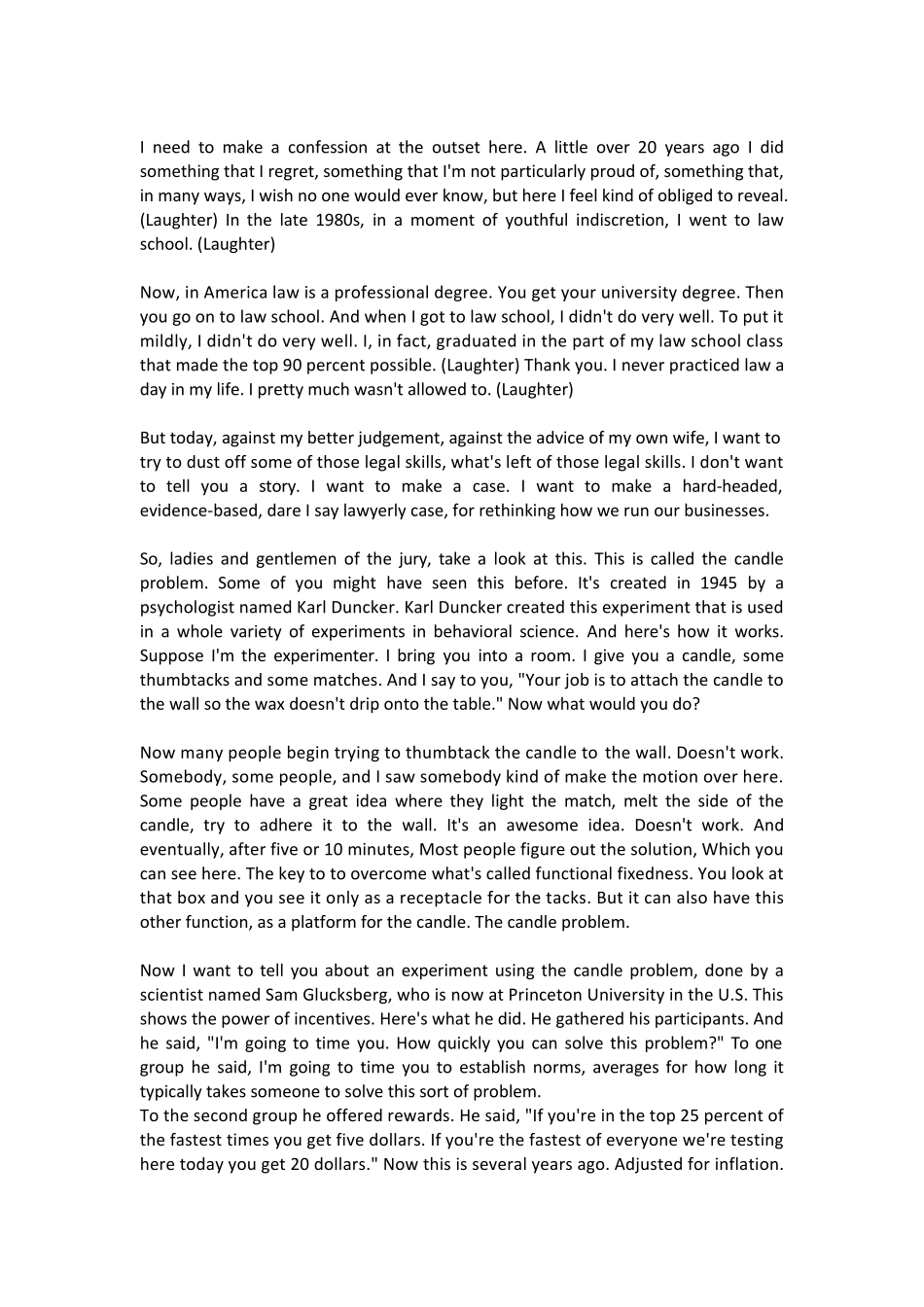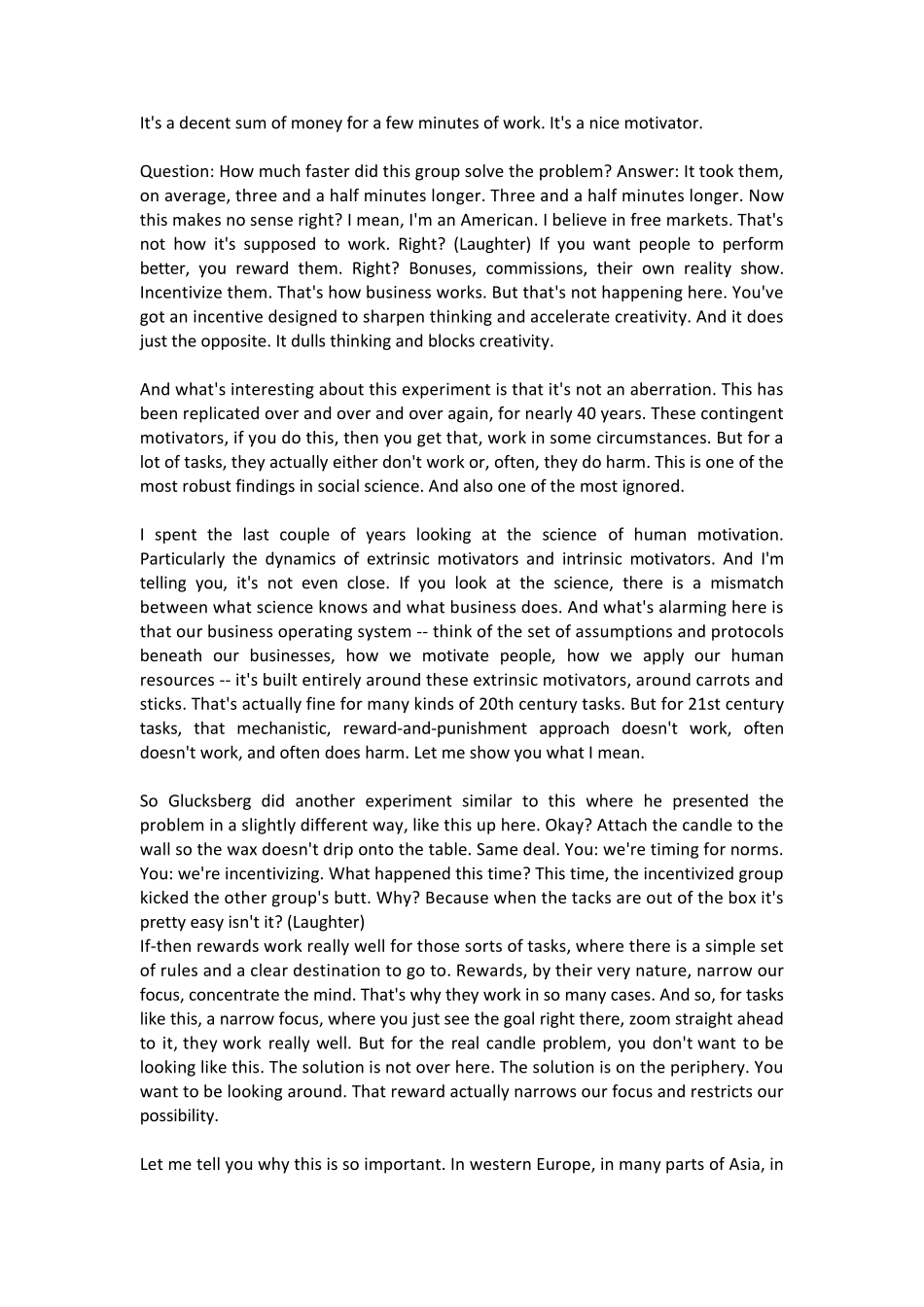I need to make a confession at the outset here. A little over 20 years ago I did something that I regret, something that I'm not particularly proud of, something that, in many ways, I wish no one would ever know, but here I feel kind of obliged to reveal. (Laughter) In the late 1980s, in a moment of youthful indiscretion, I went to law school. (Laughter) Now, in America law is a professional degree. You get your university degree. Then you go on to law school. And when I got to law school, I didn't do very well. To put it mildly, I didn't do very well. I, in fact, graduated in the part of my law school class that made the top 90 percent possible. (Laughter) Thank you. I never practiced law a day in my life. I pretty much wasn't allowed to. (Laughter) But today, against my better judgement, against the advice of my own wife, I want to try to dust off some of those legal skills, what's left of those legal skills. I don't want to tell you a story. I want to make a case. I want to make a hard-headed, evidence-based, dare I say lawyerly case, for rethinking how we run our businesses. So, ladies and gentlemen of the jury, take a look at this. This is called the candle problem. Some of you might have seen this before. It's created in 1945 by a psychologist named Karl Duncker. Karl Duncker created this experiment that is used in a whole variety of experiments in behavioral science. And here's how it works. Suppose I'm the experimenter. I bring you into a room. I give you a candle, some thumbtacks and some matches. And I say to you, "Your job is to attach the candle to the wall so the wax doesn't drip onto the table." Now what would you do? Now many people be...


